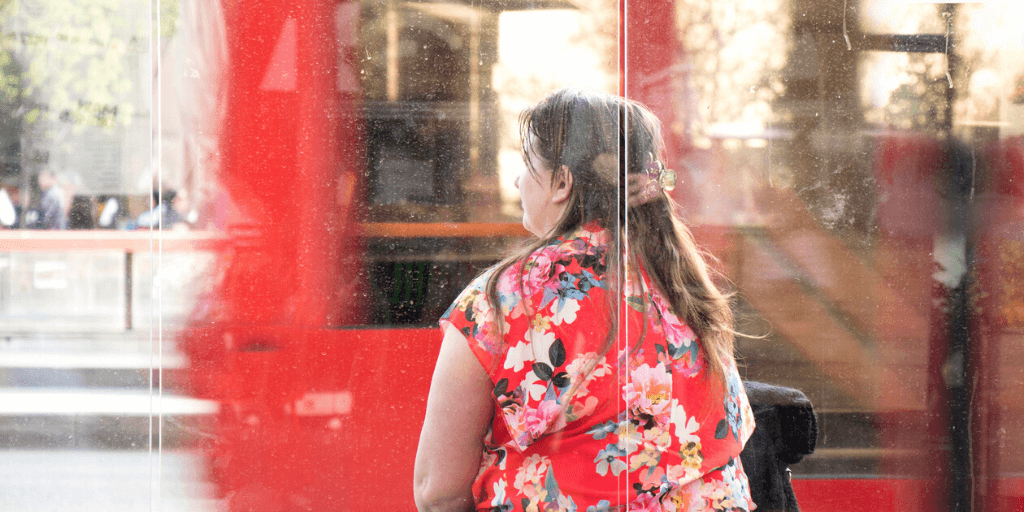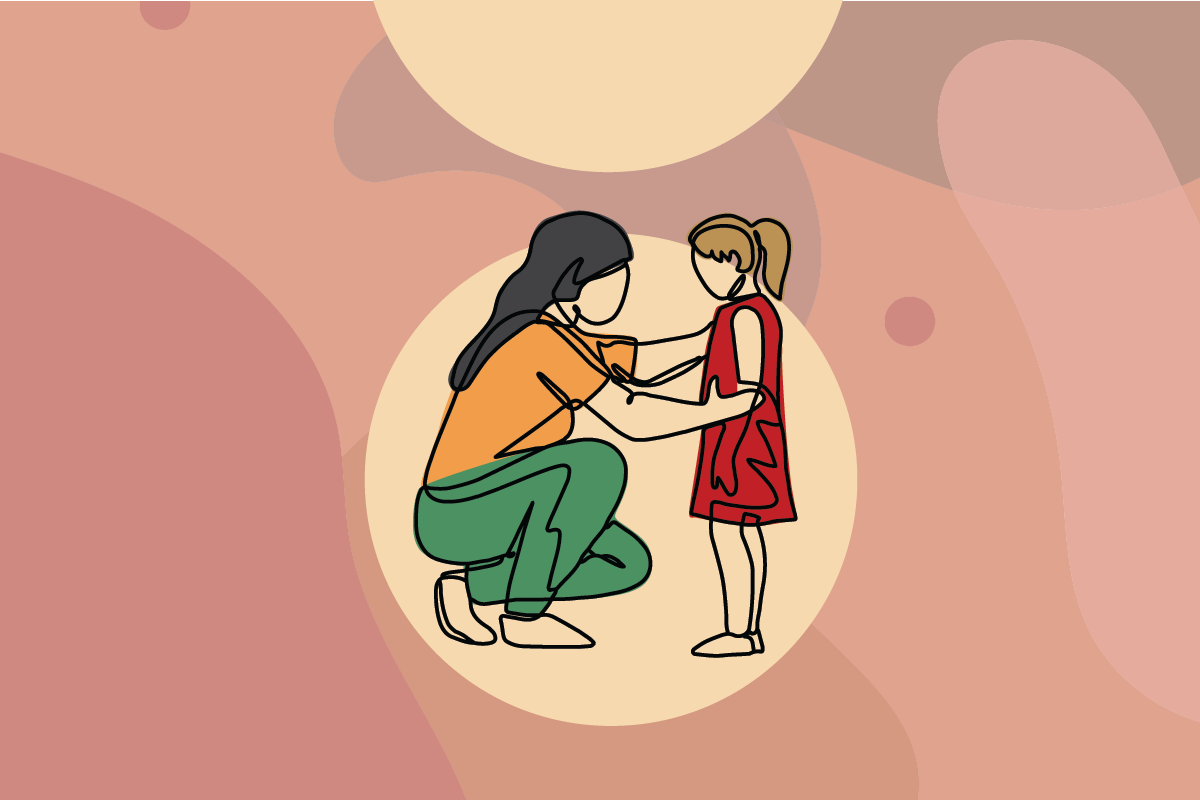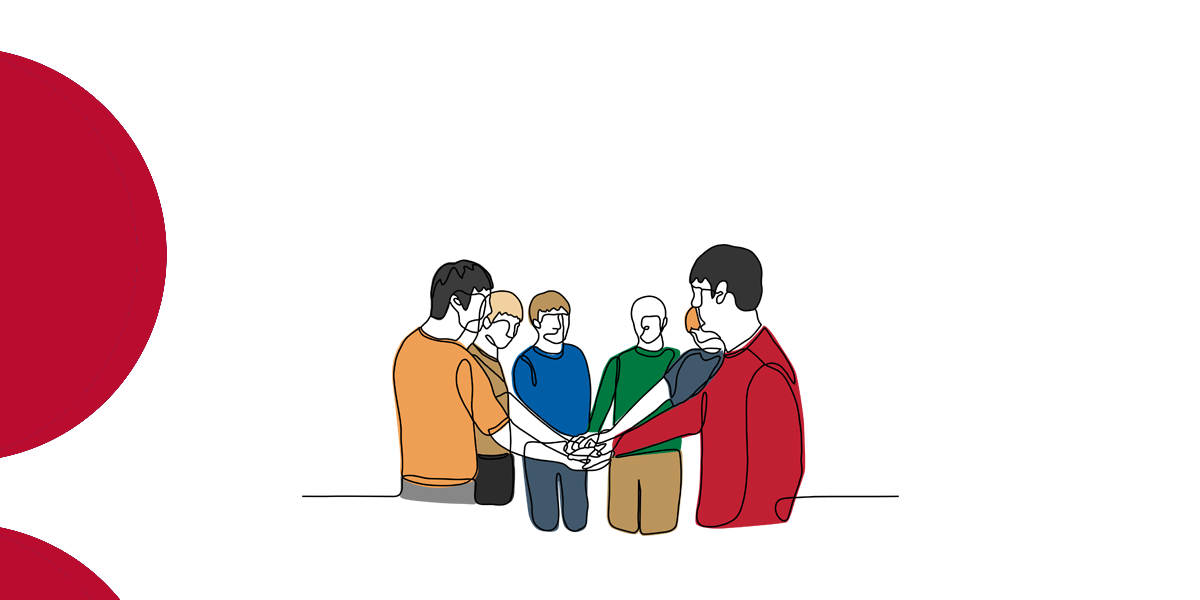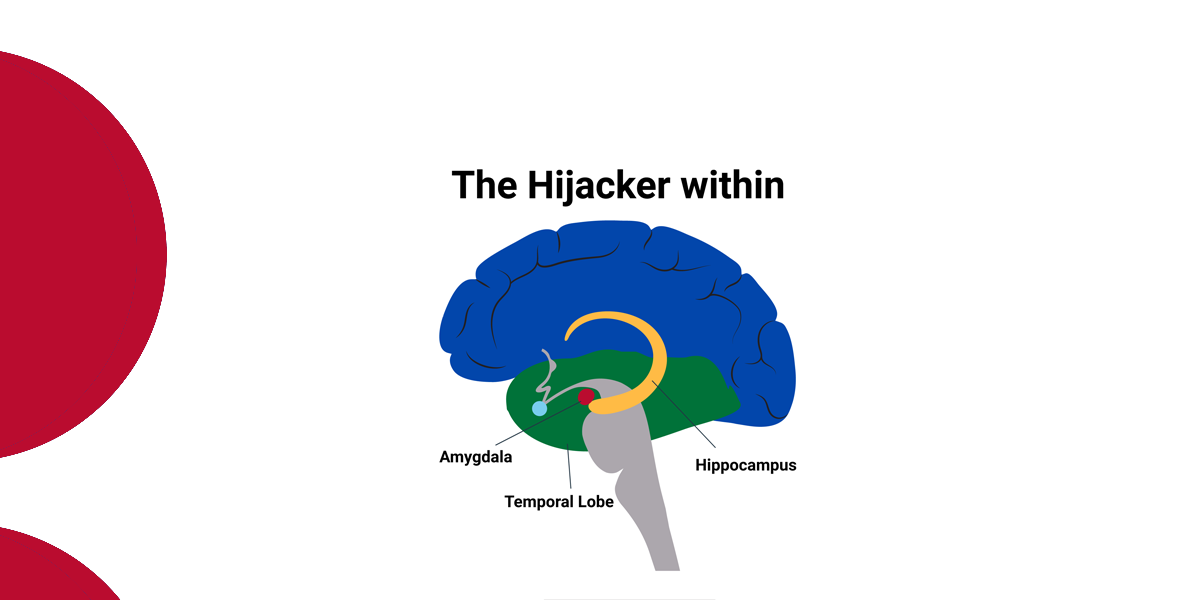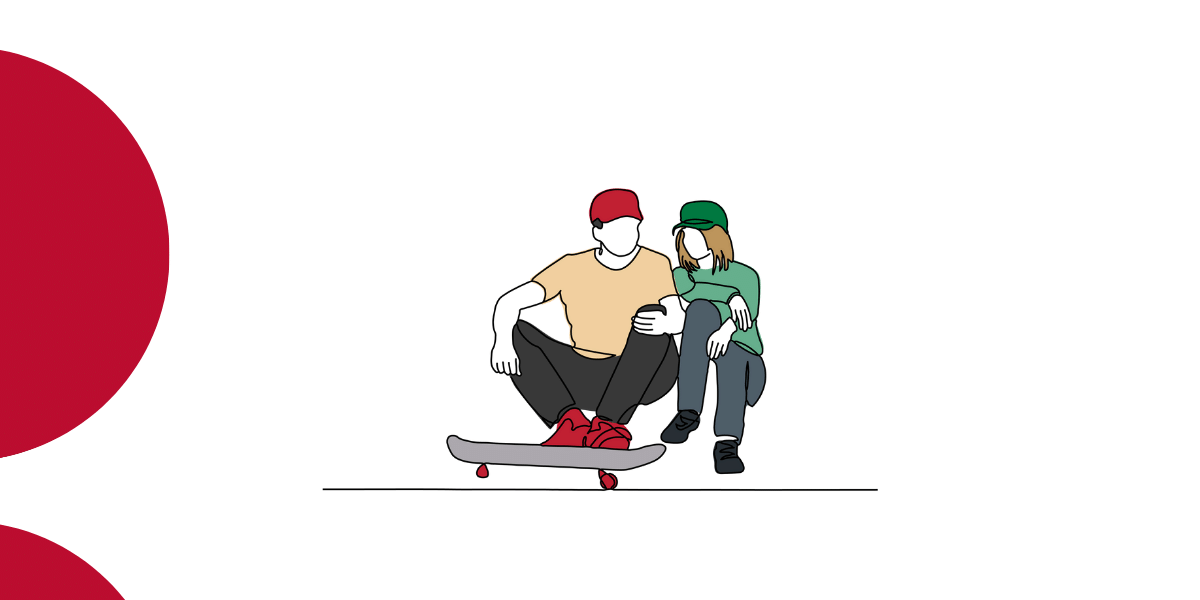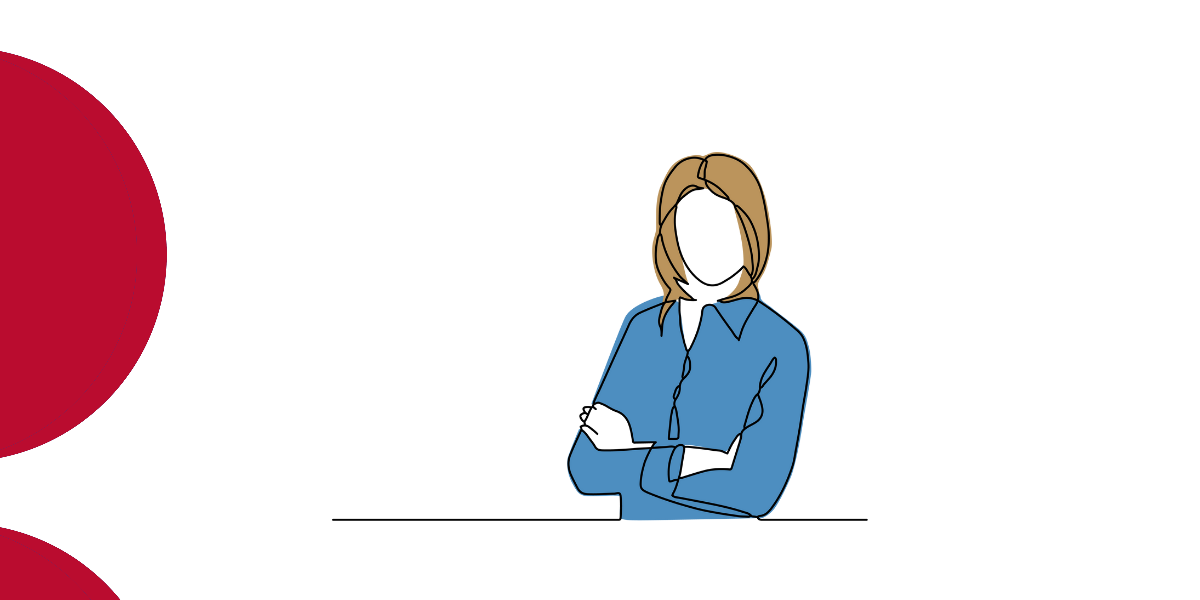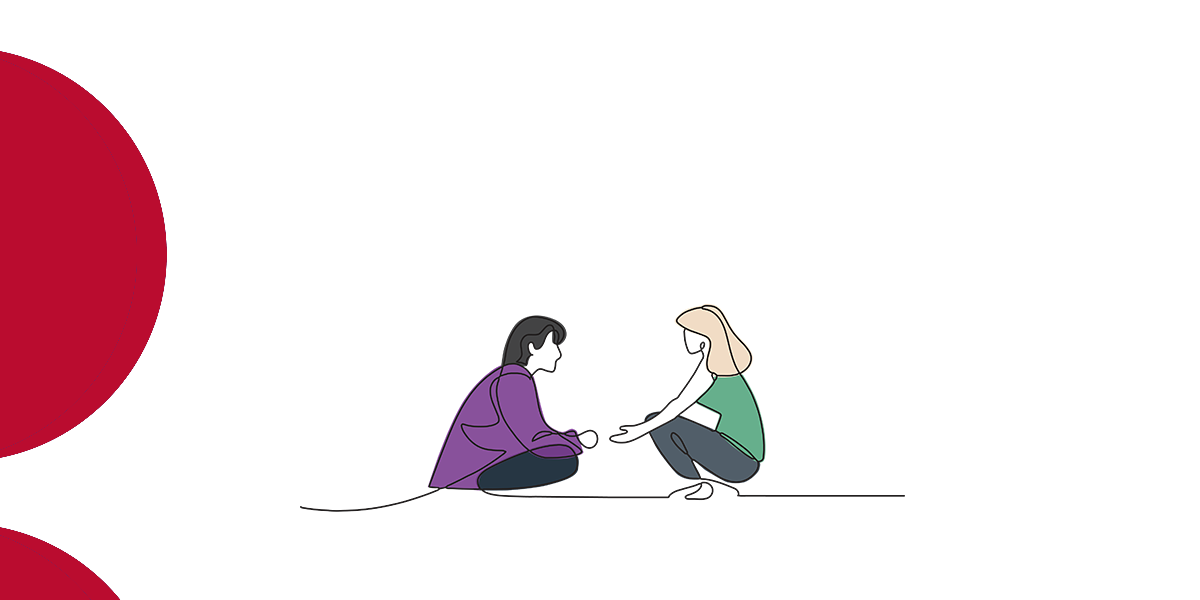Cultivating curiosity in Therapeutic residential care
Apr 2020
Written by Noel Macnamara
I have no special talents; I am only passionately curious”
Curiosity is something that has excited me my whole life. I am sure a lot of you share my fascination and enthusiasm for curiosity.
There seems to be wide support for the idea that we work with a highly complex client group, within a complex multifaceted system. Complex clients and environments are richer in information, which creates more cognitive load and demands more brainpower or deliberate thinking from us; we cannot navigate them in autopilot.
To be truly effective in Intensive Therapeutic Care staff require self-awareness, mindfulness of the other, groundedness, nonanxious presence, compassion, response flexibility-and curiosity. In this blog, I want to focus on the concept of curiosity.
Curiosity has a sense of wonder as we communicate with the young people we work with:
- What is the young person thinking?
- What do they feel?
We are challenged to listen intently, mindfully, with presence-but also as the young person shares their story, we should listen with curiosity. We should avoid coming to quick conclusions, but rather we should listen with a genuine curiosity that invites the young person to share more deeply, and that, in turn, leads us to understand more fully.
Curiosity allows a young person to feel heard and understood
But what does it really mean to be curious? Curiosity is defined as a strong desire to know or learn something. Curiosity provokes thoughts, discovery and life-long learning.
In considering the concept of curiosity, I came upon the words of Roy Bennett in The Light in the Heart (2018). He wrote:
Listen with curiosity. Speak with honesty. Act with integrity. The greatest problem with communication is we don’t listen to understand. We listen to reply. When we listen with curiosity, we don’t listen with the intent to reply. We listen for what’s behind the words
Cultivating and inspiring curiosity is an important aspect of the work of the Therapeutic Specialist. The curious practitioner asks questions that go beyond getting comfortable answers or verifying what they already know to seeking deeper understanding of an issue.
The Therapeutic Specialist who is developing curiosity does not ask the residential staff to solve problems and answer questions but to create an environment that encourages them to keep discovering, probing and solving problems for themselves. ‘Judge a man by his questions rather than his answers’ (Voltaire). Invoke inquiry in residential practitioner’s mind and style of working. Let them ask curious questions, share ideas and contribute. Invoke thoughts that may not be stereotyped and challenge their assumptions. Remember, work is more rewarding when curiosity and discovery are embedded within it.
We can embed a curious culture by encouraging the residential teams to keep asking challenging questions and by asking good questions ourselves.
Curiosity is a catalyst for optimising therapeutic practice in the following ways:
- Discovery and learning
- Problem solving/solution finding/decision-making
- Creativity and innovation
- Adaptability/resilience
- Engagement and commitment
- Relationship building
- Conflict resolution
- Dealing with uncertainty
Barriers to Curiosity
In Dare to Lead, Brené Brown (2018) writes about armoured leadership vs becoming a curious learner: “It sounds pretty easy to replace the armour of knowing with becoming a curious learner, but for many people the need to be a knower is driven by shame for some even trauma” (Dare to Lead, p 91). She goes on to say, “We cannot practice empathy if we need to be knowers; if we can’t be learners, we cannot be empathetic” (Dare to Lead, p 145). Brown explains:
Curiosity is an act of vulnerability and courage…we’re scared to have hard conversations because we can’t control the path or outcome, and we start coming out of our skin when we don’t get to a resolution fast enough. It’s as if we’d rather have a bad solution that leads to action than stay in the uncertainty of problem identification
Conclusion
Hargreaves & Page (2013) poetically states that “many people remain trapped at the one window, looking out every day at the same scene in the same way. Real growth is experienced when you draw back from that window, turn and walk around the inner tower of soul and see all the different windows that await your gaze. Through these windows, you can see new vistas of possibility, presence, and creativity”. Engaging in, enabling and encouraging curiosity in our workplaces allows us the possibility of overcoming the complexity of the work we engage in with the young people who are placed in Intensive Therapeutic Care.
Noel MacNamara
Senior Advisor, Centre for Excellence in Therapeutic Care
References
Bennett, RT (2018) The Light in the Heart. WordPress
Brown, B (2018) Dare to Lead. Ebury Digital
Hargreaves, J. & Page, L. (2013) Reflective Practice ProQuest Ebook.





